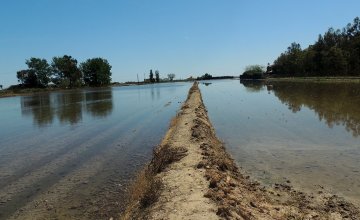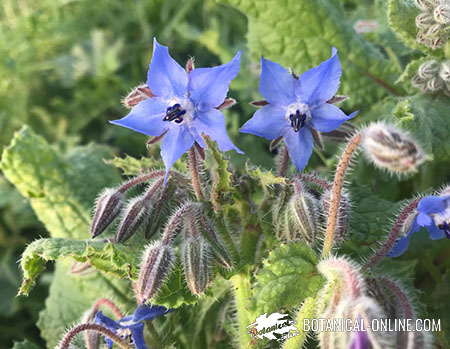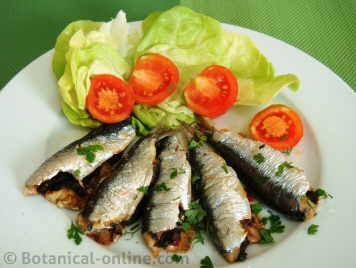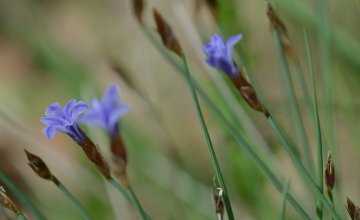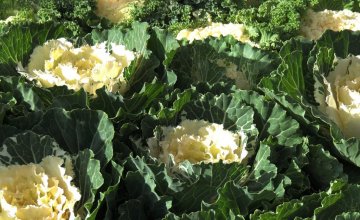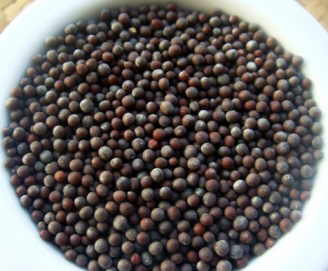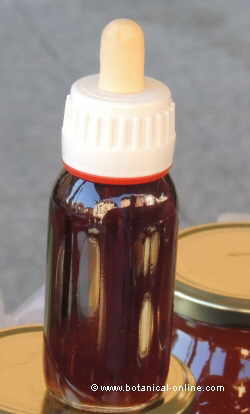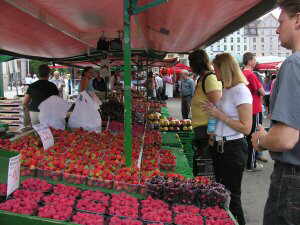Contents
 BROCCOLI – PESTS AND DISEASES
BROCCOLI – PESTS AND DISEASES
Main pests and diseases of broccoli
It is important to consider the rotations with other crops to prevent infection caused by previous crops. In this case you should not plant broccoli in places where you had previously planted other plants of the same family, that’s to say, the cabbage family (Cruciferae = Brassicaceae).
Among the not suitable vegetables for crop rotation, we could mention the following cruciferous: cabbage, Chinese cabbage, kale, Brussels sprouts, cauliflower, Calabria, rutabagas, radishes, kohlrabi, turnips, Chinese broccoli, pak choi or komatsuna.
It is advisable to plant broccoli after solanaceous crops or tuberous roots, such as celery, carrots, tomatoes, peppers, eggplants, sweet potatoes, parsnips, potatoes, etc.
Combining broccoli with other herbs such as sage or rosemary, can prevent infection.
Broccoli pests
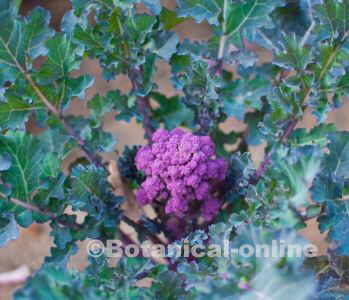
Immature growing broccoli that should grow more before harvesting
The main pests that affect them are:
- The cabbage fly (Chortophila brassicae): A type of fly, much like the common fly, whose larvae feed on roots. This results in the rotting of the plant or its weakening.
The main and more environmentally friendly treatment is to associate this crop with the tomato crop. It may also be effective to remove the ground, so the the larvae will be more exposed to be eaten by birds.
It will be also necessary to use disinfected soils or choose those places where cabbages had not previously been planted in. Sometimes, the magnitude of the disease forces to eliminate this crop completely. Another approach is to protect the base of the plant with a system that prevents the larva to go into the ground. Chemical treatment offers no effective solution.
- The cabbage butterfly, Small White or Cabbage White (Pieris brassicae) The larvae of this butterfly eat the broccoli leaves. In addition to the chemical treatment, with chemicals such as Permethrin, you can use other, more organic solutions, such as spraying with soapy water or water resulting from the decoction of tansy.
The use of a disinfected soil or that one where cabbages had not previously been planted is necessary to avoid infection.
- Cabbage Moth (Mamestra brassicae) is a type of butterfly whose larvae feed on the inflorescences of broccoli and other brassicaceae.
- Doves (Columbidae) When winter comes, many plantations are attacked by pigeons. The best way to protect them is to use mesh covers.
- Snails, slugs other mollusks or other insects can also eat broccoli leaves and flowers.
Broccoli diseases
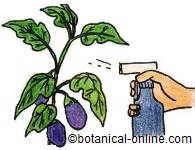
Natural and ecological insecticide for pests
The acidification of the soil is one of the factors that predispose to the emergence of many broccoli diseases, so it should be avoided or the soil acidity should be neutralized. The main diseases affecting them are:
- Powdery Mildew (Peronospora parasitica f.sp. brassicae) It is a disease caused by fungi during wetter times that makes the leaves to turn yellow. Although it can be treated with a specific product, it is better to choose grown seedlings that are free of this disease.
- Botrytis (Botrytis cinerea) Also known as gray mold, it occurs when the environment is too wet, causing plant rotting. Dark or gray spots appear on it in the form of mold. It also produces blackening of the head.
The traditional treatment uses a systemic insecticide combined with the elimination of the affected plants. To prevent further infections it is recommended to stop growing plants of this genus for 4 or 5 years, to select disinfected seeds or sterilize them with water at 45 ° C for half an hour.
- Cabbage Hernia (Plasmodiophora brassicae): It is a fungal disease that leads to the destruction of the broccoli roots. It is characterized by the presence of yellow bumps on the roots and stems. The roots grow excessively and the plant dies.
Once infection occurs, it is very difficult to eradicate it, so it is advisable to take preventive methods, such as the need to stop growing brassicas for about 6 or 7 years in areas with possible infection, to remove the infected material and to select resistant seeds.
![]() More information on properties of broccoli
More information on properties of broccoli

